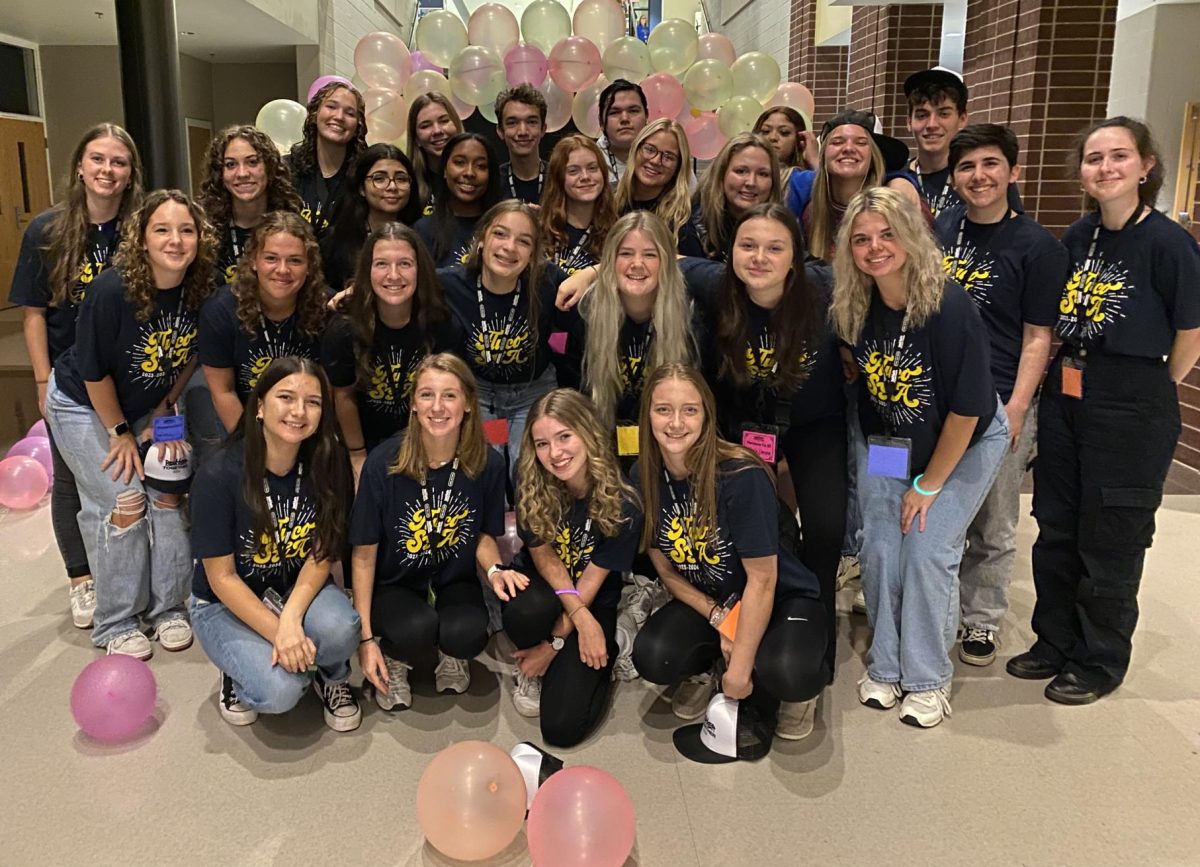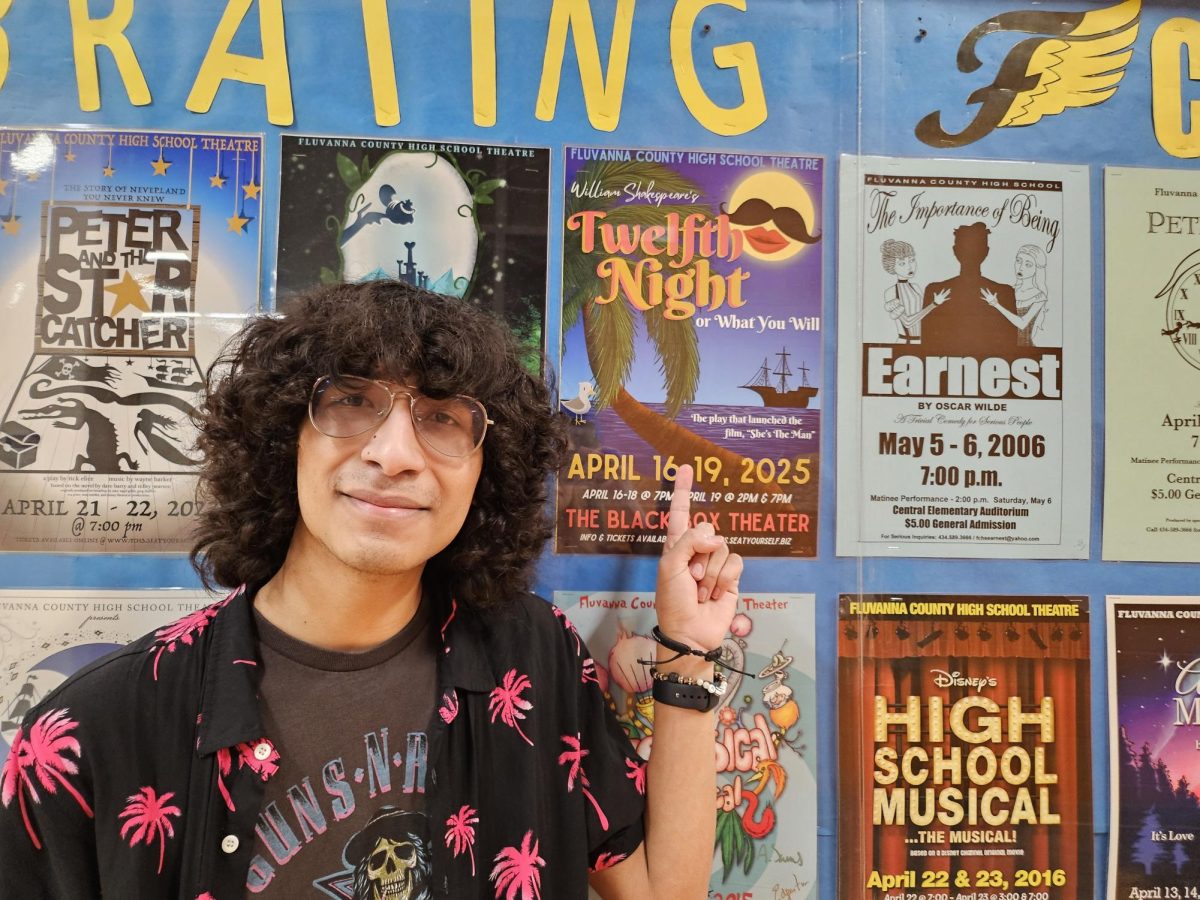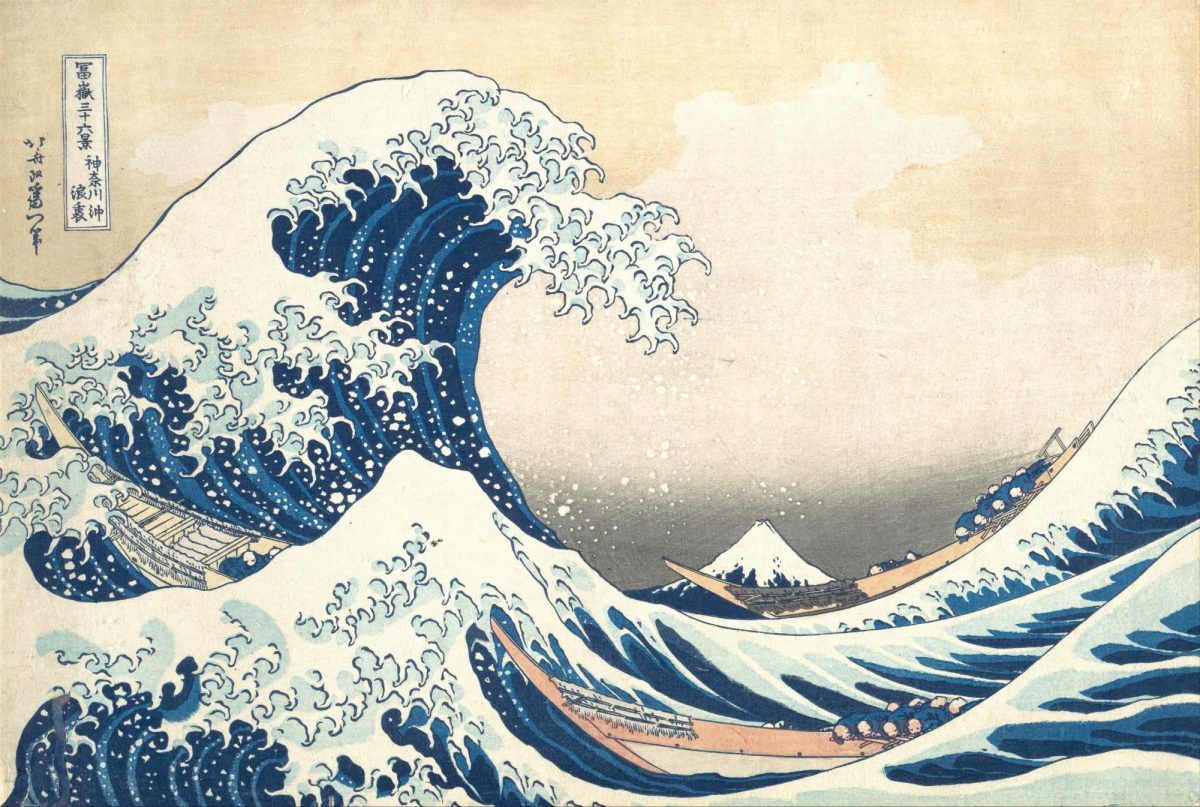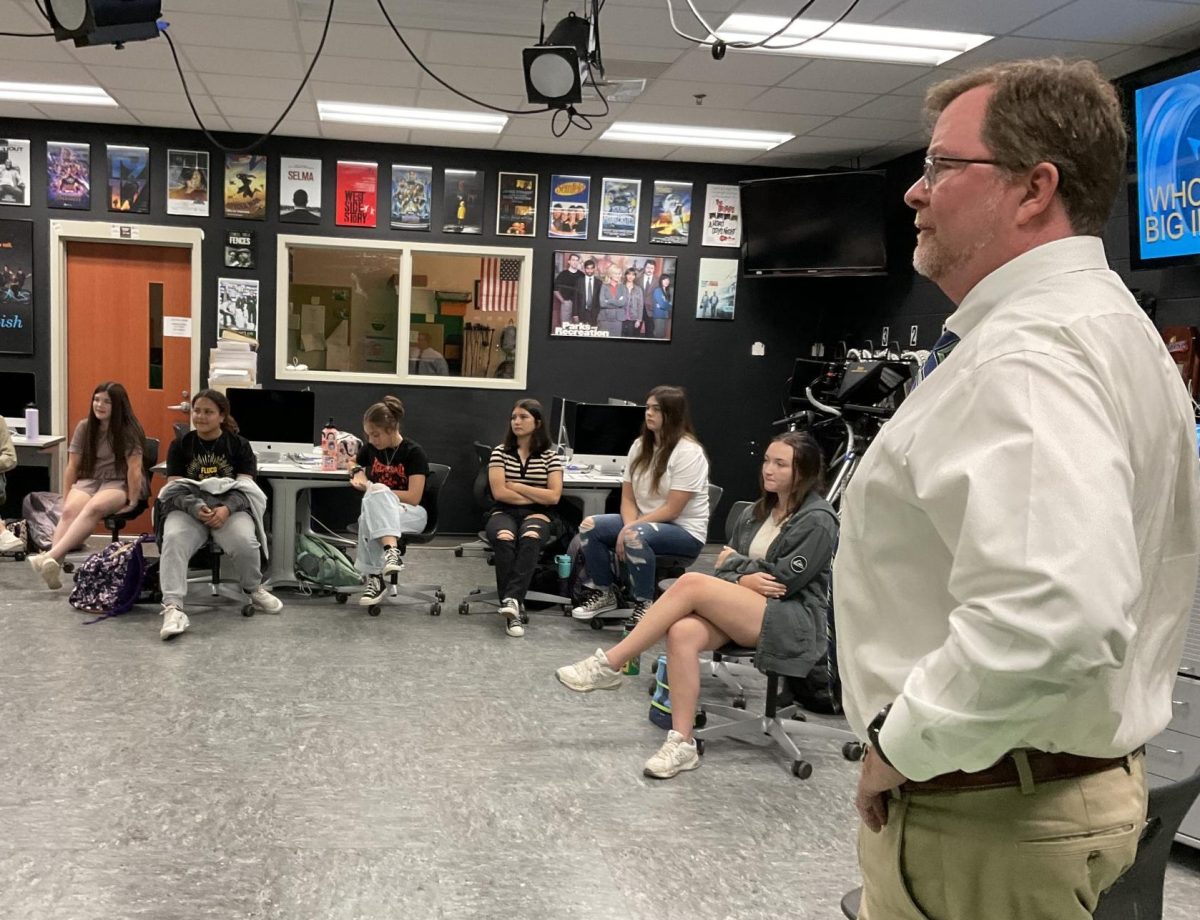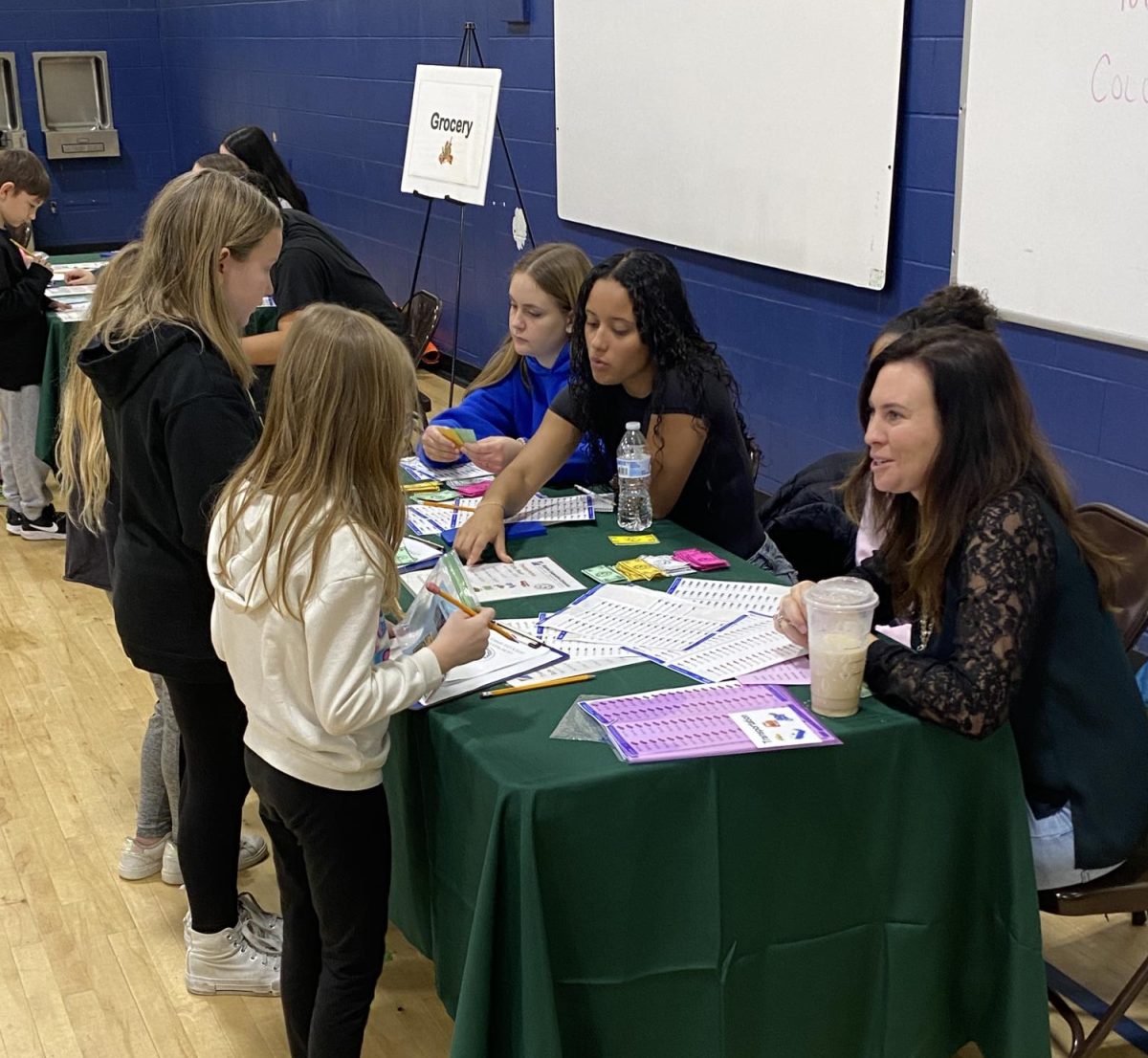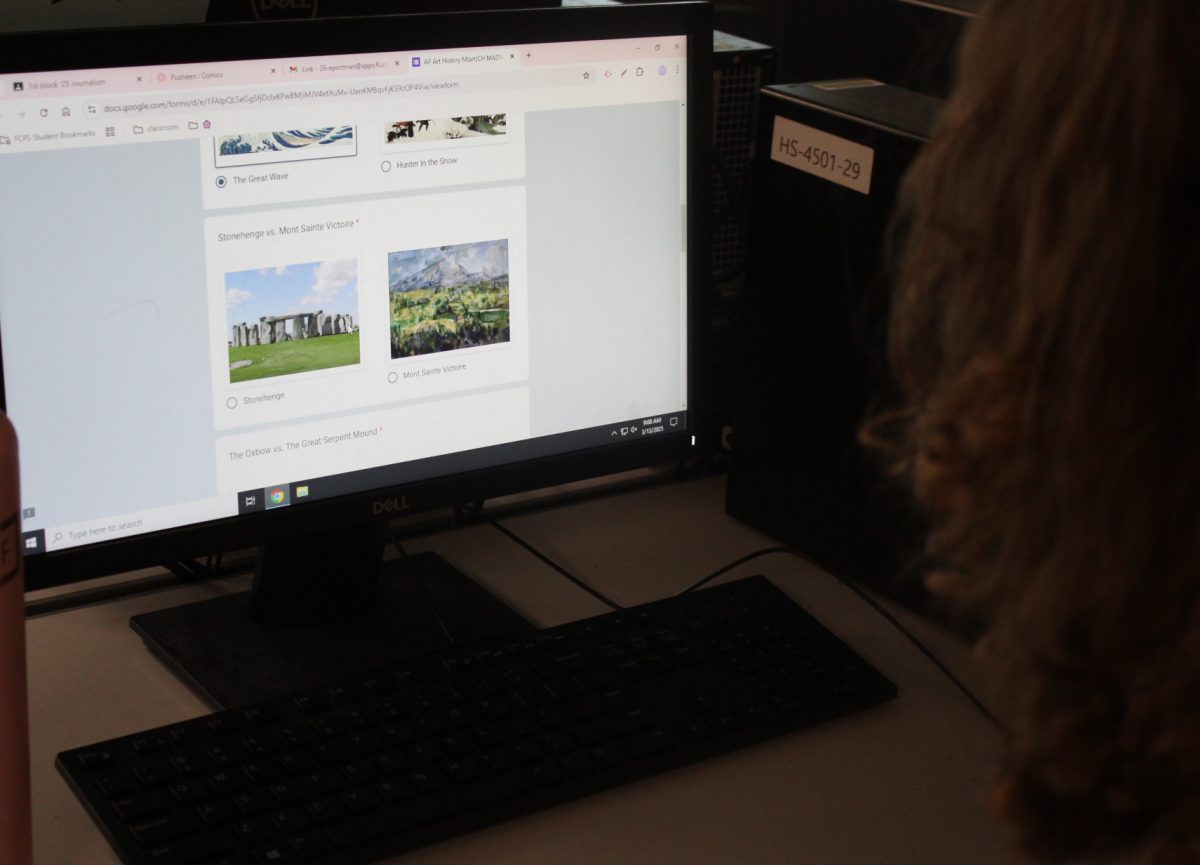Think about all the events you have attended during your time at Fluvanna County High School. Have you been to Homecoming or an Eighth Grade Dance? A pep rally? Macho Man? All of these events, and various others, were planned and executed by the Student Government Association (SGA).
Each year, teacher David Small’s third period class is a mix of students taking SGA Leadership I, II, and III. These students are responsible for many of the happenings at FCHS, including everything from spirit weeks to charity drives. Even though these students are in charge of many things, it sometimes seems as if no one is sure what they actually do.
Arguably, SGA’s most notorious event is Homecoming. Each year, from mid-September to the week of the dance, SGA is focused almost entirely on prepping for this event. The theme for the festivities is usually decided more than a month in advance, being voted on and discussed by all the students in SGA until a consensus is reached. After that, each Homecoming event is divided up and assigned to groups of five members to be fundraised for, planned, advertised, and executed. These include the music, decorations, chaperones, and tickets for both Homecoming and the fall Eighth Grade Dance.
Yet the dance is not all that Homecoming is about. SGA also has to organize Powderpuff, the spirit week, the parade, the pep rally, and the Homecoming Court. Each of these include many spreadsheets, emails, flyers, and hot glue.
On the topic of dances, one common misconception is that SGA is in charge of planning Prom. This is not the case. Each week a club of juniors–aptly named, “Prom Committee”–meets to plan this dance This club is led by the elected Junior Class Council and is their primary responsibility. So while there is often overlap in the members of SGA and the Junior Class Officers, they are not attached.
Another thing that might surprise people about SGA is that it is not just in charge of spirit events; they are actually considered a “service organization.” This means that one of their primary focuses is community service. Each week on Thursdays, students in the SGA travel to various locations to do community service activities. These include acting as a positive role model for elementary schoolers (often by eating lunch and attending recess with them), volunteering to do odd jobs at the public library, or picking up litter in parking lots around Fluvanna County.
“Service above Self is a concept that I believe is a vital part of a student’s education,” said Small.
Related to their role as a service organization is SGA’s largest spring event, Hands on Fluvanna, a school-wide community service effort that takes place every year on the day before spring break. This is a herculean effort, so planning for Hands on Fluvanna typically starts in late November. The SGA is in charge of organizing not just the handful of locations SGA students will work at, but also the locations that any other club, team, or class will work at.
In addition, SGA plans multiple activities for students who are not leaving the building to participate in during class, such as writing letters to service members, recycling old T-shirts into grocery bags, and playing online games such as FreeRice.com.
“I am glad I started planning my part of Hands on Fluvanna in November. I would not have finished otherwise,” said senior and SGA Vice President Vaile Altherr.
One thing many people also do not realize is that SGA is a class with a grade that appears on students’ transcripts. Over the course of the semester, students rack up “service hours” which is time spent working on community service projects outside of class time. At the end of the grading period, each student’s total number of hours is counted. In order to earn an “A+,” students need at least 12 hours of community service.
The class is also highly-structured, as students are broken up into groups of between five and seven people that are led by either one or two of the class’s officers. The officers are a group of six students who took the class as 11th graders, showed exemplary leadership through their time in the class, applied for one of the five unique positions, and were appointed by the previous year’s officers and Small. These officers then work closely with the handful of students under their leadership to complete multiple projects at the same time. This structure is heavily borrowed by the Scouts BSA, inspired by Small’s time as a Scout leader.
“In SGA, I see my role as a facilitator to help guide students to become stronger leaders. I often remind myself that it is called ‘Student’ Government for a reason,” said Small.

